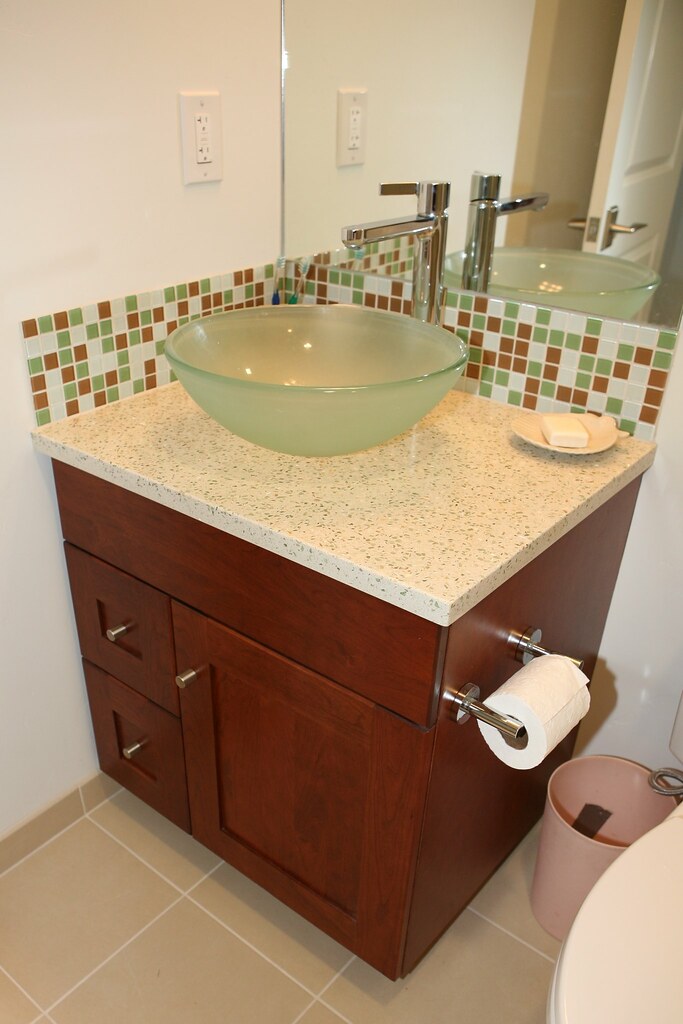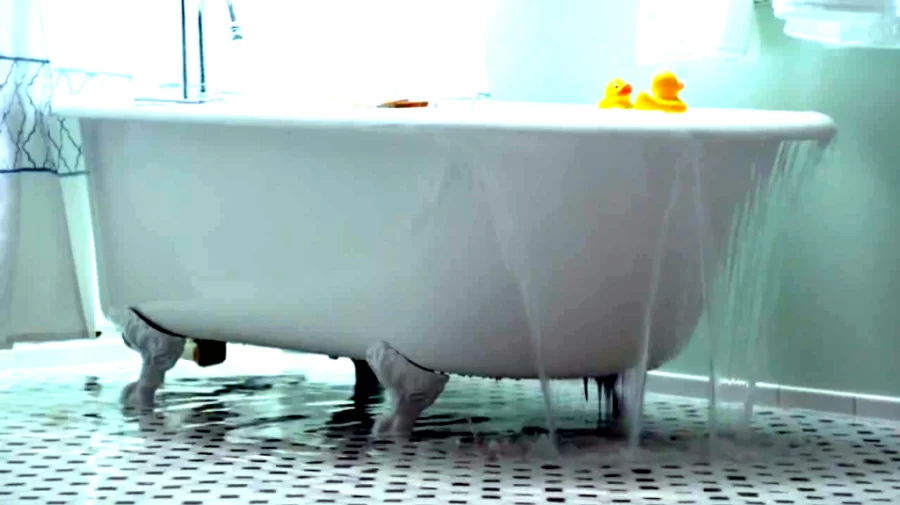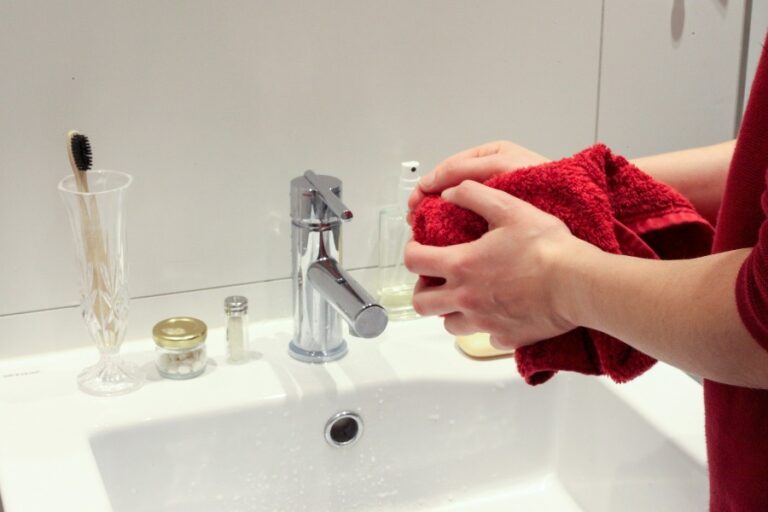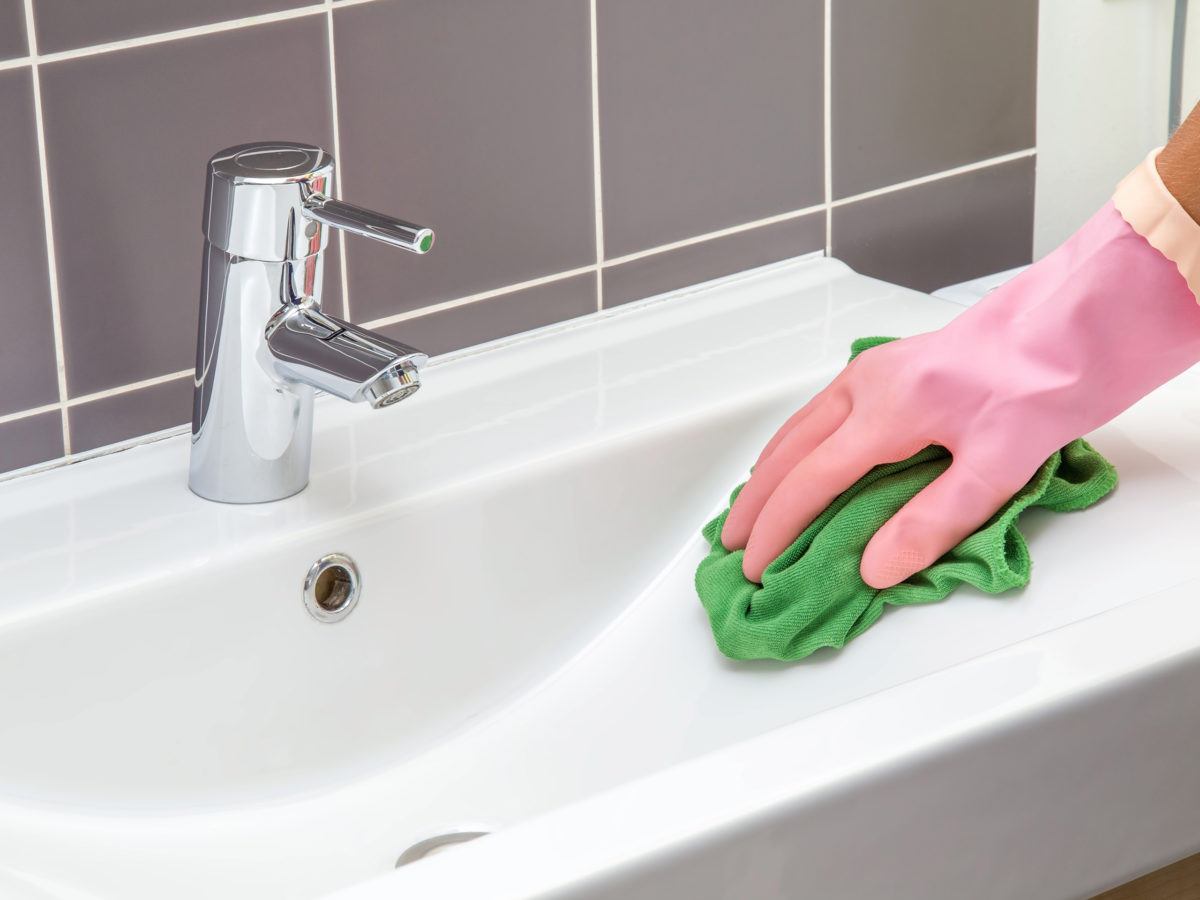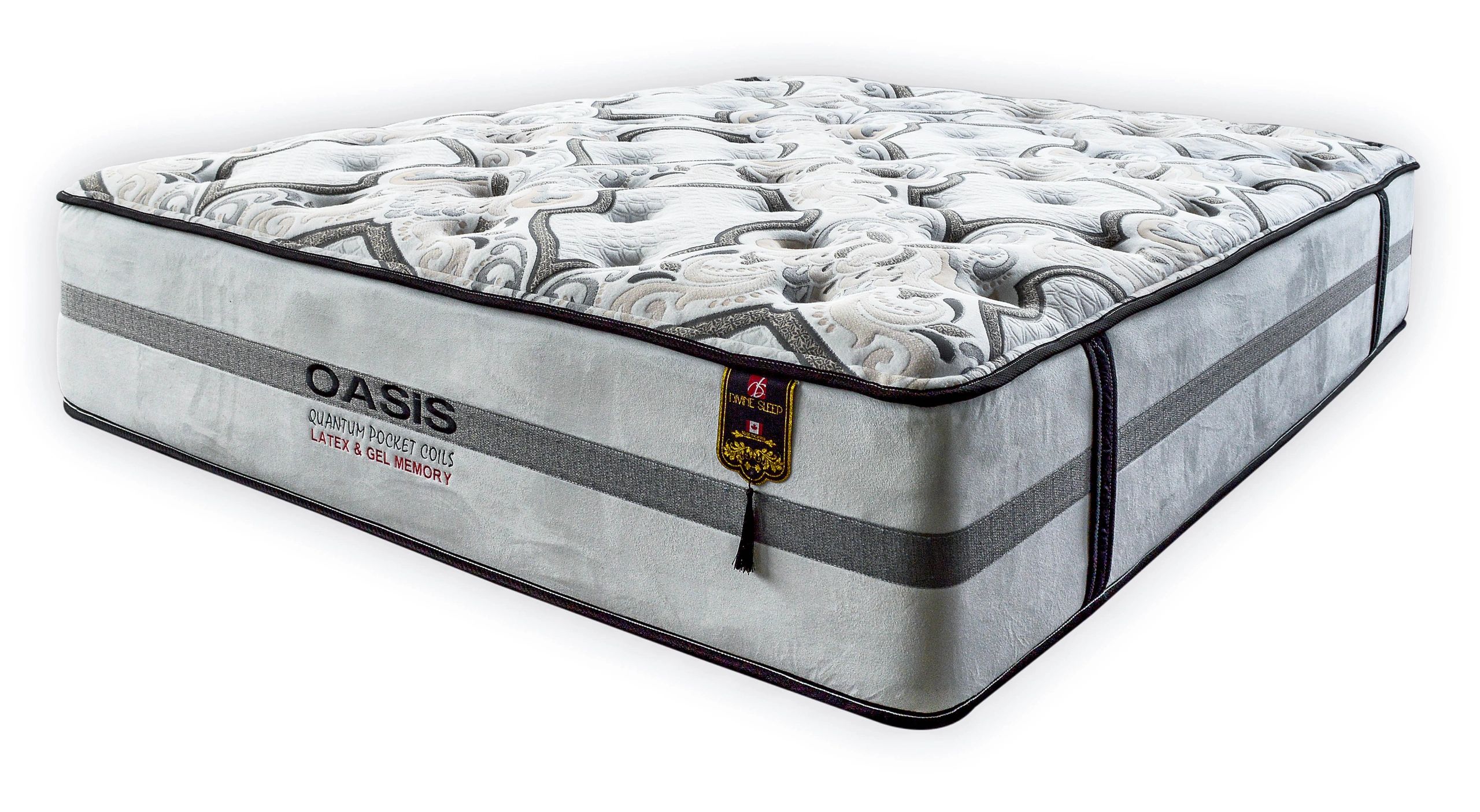Dealing with an overflowing bathroom sink can be a frustrating and messy experience. From water damage to potential plumbing issues, an overflowing sink can cause a lot of headaches. However, understanding the causes, implementing solutions, and taking preventative measures can help you avoid this problem in the future. Overflowing Sink: Causes, Solutions, and Prevention
One of the most common causes of an overflowing sink is a clogged drain. This can be due to a buildup of hair, soap scum, and other debris. To fix a clogged bathroom sink, you can try using a plunger or a drain snake to dislodge the blockage. Alternatively, you can use a mixture of baking soda and vinegar to help break up the clog. Pour the baking soda down the drain, followed by the vinegar, and let it sit for a few minutes before rinsing with hot water. How to Fix a Clogged Bathroom Sink
If the clog is not easily cleared with DIY methods, it may be time to call a professional plumber. They have the tools and expertise to properly unclog your sink without causing any damage to your pipes. It is important to address a clogged sink promptly to prevent it from turning into an overflowing sink. Dealing with a Clogged Bathroom Sink
Aside from a clogged drain, there are other common causes of a bathroom sink overflow. One of the most common causes is a faulty or clogged sink stopper. If the stopper is not opening and closing properly, it can cause water to back up and overflow. Additionally, a malfunctioning or faulty p-trap, which is responsible for catching debris, can also lead to an overflowing sink. Common Causes of Bathroom Sink Overflow
If the clog is located in the p-trap, you can try using a plunger or a drain snake to dislodge the blockage. If these methods do not work, it may be necessary to remove the p-trap to manually remove the clog. This can be a messy and unpleasant task, so it is recommended to call a professional plumber for assistance. How to Unclog a Bathroom Sink
The best way to deal with an overflowing bathroom sink is to prevent it from happening in the first place. Regularly cleaning your sink and using a drain cover to catch hair and debris can help prevent clogs. You can also use a mixture of hot water and vinegar to flush out your drains once a month to prevent buildup. Preventing Bathroom Sink Overflow
If your bathroom sink is still overflowing after trying the above methods, it may be a sign of a more serious plumbing issue. A broken or malfunctioning pipe could be causing the overflow, and it is best to call a professional plumber to assess and fix the problem. Troubleshooting a Bathroom Sink Overflow
In the event of an overflowing sink, it is important to act quickly to prevent water damage and mold growth. Firstly, turn off the water supply to your sink to prevent further overflow. Then, use a plunger or a mop to remove any excess water from the sink and surrounding area. If the water has already caused damage, be sure to contact your insurance company to file a claim. What to Do When Your Bathroom Sink Overflows
While it is always recommended to call a professional plumber for serious plumbing issues, there are some DIY fixes you can try for an overflowing sink. As mentioned earlier, using a mixture of baking soda and vinegar can help break up clogs. You can also try using a plumbing snake to remove any debris from the p-trap. However, if these methods do not work, it is best to call a professional for assistance. DIY Fixes for an Overflowing Bathroom Sink
After successfully fixing your overflowing bathroom sink, it is important to thoroughly clean up the mess. Use a disinfectant cleaner to sanitize the area and prevent mold growth. If there is any water damage, be sure to dry the area thoroughly and use a dehumidifier to prevent further damage. How to Clean Up After a Bathroom Sink Overflow
The Importance of Proper Bathroom Design

Keyword: Bathroom Design
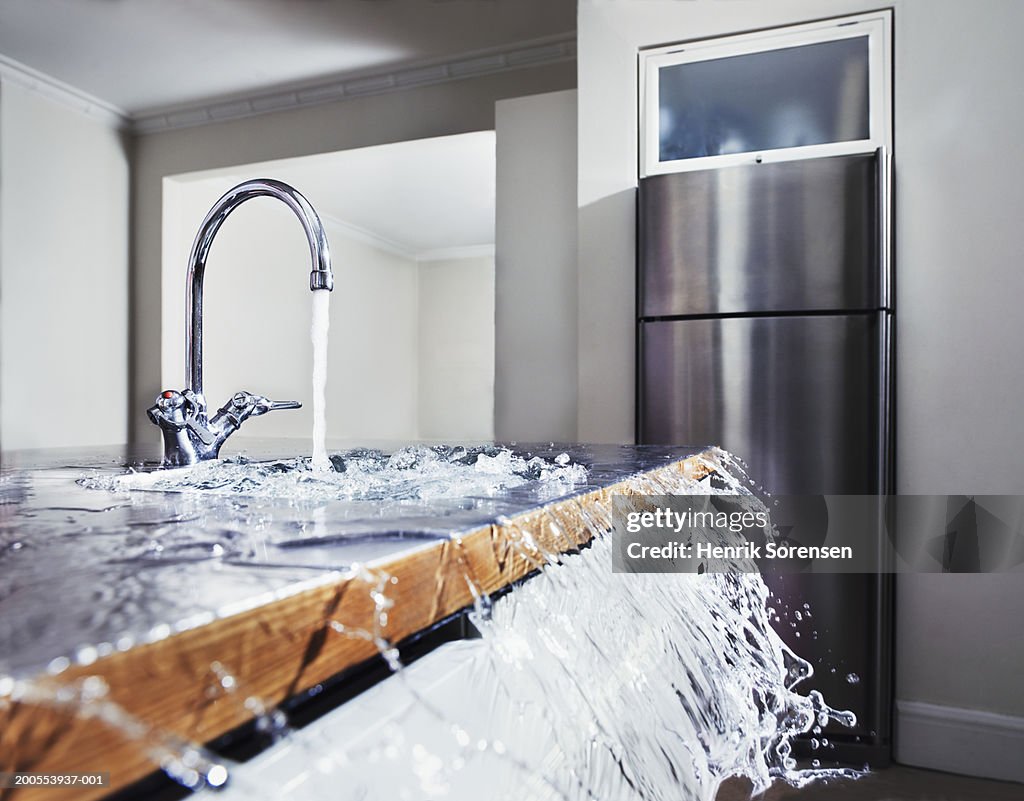 Bathrooms are often overlooked when it comes to house design, but they are a crucial part of any home. Not only do they serve a functional purpose, but they can also add value and aesthetic appeal to your property. However, when bathroom design is not given enough attention, it can lead to various issues, such as my recent experience with my bathroom sink overflowing.
Bathroom design
is more than just choosing the right tiles and fixtures. It involves careful planning and consideration of the space, layout, and functionality. A poorly designed bathroom can result in inefficient use of space, lack of storage, and even safety hazards. This is why it is essential to invest time and effort into creating a well-designed bathroom.
When it comes to bathroom design, one of the most crucial aspects is proper drainage. Without proper drainage, you can experience issues such as overflowing sinks, clogged drains, and even water damage. In my case, a clogged drain caused my bathroom sink to overflow, resulting in a messy and unpleasant situation. It was a wake-up call for me to pay more attention to the design and functionality of my bathroom.
Proper ventilation is also a crucial aspect of bathroom design. A well-ventilated bathroom not only prevents the buildup of mold and mildew but also helps to keep the space dry and odor-free. Without proper ventilation, excess moisture can lead to various problems, including damaged walls, peeling paint, and musty odors. Therefore, it is essential to include proper ventilation in your bathroom design plan.
Another important consideration in bathroom design is accessibility. Whether you have a small bathroom or a large one, it is essential to make it accessible and user-friendly. This is especially important for households with elderly or differently-abled individuals. Adding features such as grab bars, non-slip flooring, and a walk-in shower can make a significant difference in the accessibility and safety of your bathroom.
In conclusion, proper bathroom design goes beyond just aesthetics. It plays a crucial role in the functionality, safety, and overall value of your home. So, whether you are renovating or building a new bathroom, make sure to give it the attention it deserves. Trust me; you don't want to experience a bathroom sink overflowing like I did. With proper planning and design, you can create a beautiful and functional bathroom that will add value and comfort to your home.
Bathrooms are often overlooked when it comes to house design, but they are a crucial part of any home. Not only do they serve a functional purpose, but they can also add value and aesthetic appeal to your property. However, when bathroom design is not given enough attention, it can lead to various issues, such as my recent experience with my bathroom sink overflowing.
Bathroom design
is more than just choosing the right tiles and fixtures. It involves careful planning and consideration of the space, layout, and functionality. A poorly designed bathroom can result in inefficient use of space, lack of storage, and even safety hazards. This is why it is essential to invest time and effort into creating a well-designed bathroom.
When it comes to bathroom design, one of the most crucial aspects is proper drainage. Without proper drainage, you can experience issues such as overflowing sinks, clogged drains, and even water damage. In my case, a clogged drain caused my bathroom sink to overflow, resulting in a messy and unpleasant situation. It was a wake-up call for me to pay more attention to the design and functionality of my bathroom.
Proper ventilation is also a crucial aspect of bathroom design. A well-ventilated bathroom not only prevents the buildup of mold and mildew but also helps to keep the space dry and odor-free. Without proper ventilation, excess moisture can lead to various problems, including damaged walls, peeling paint, and musty odors. Therefore, it is essential to include proper ventilation in your bathroom design plan.
Another important consideration in bathroom design is accessibility. Whether you have a small bathroom or a large one, it is essential to make it accessible and user-friendly. This is especially important for households with elderly or differently-abled individuals. Adding features such as grab bars, non-slip flooring, and a walk-in shower can make a significant difference in the accessibility and safety of your bathroom.
In conclusion, proper bathroom design goes beyond just aesthetics. It plays a crucial role in the functionality, safety, and overall value of your home. So, whether you are renovating or building a new bathroom, make sure to give it the attention it deserves. Trust me; you don't want to experience a bathroom sink overflowing like I did. With proper planning and design, you can create a beautiful and functional bathroom that will add value and comfort to your home.








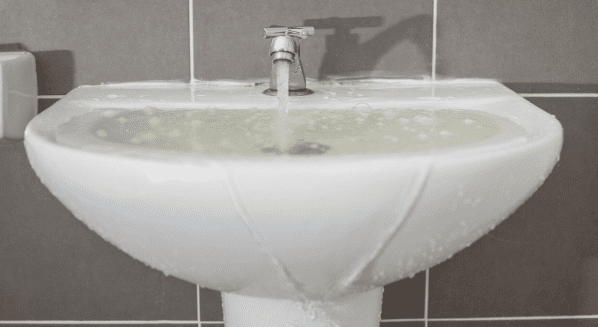


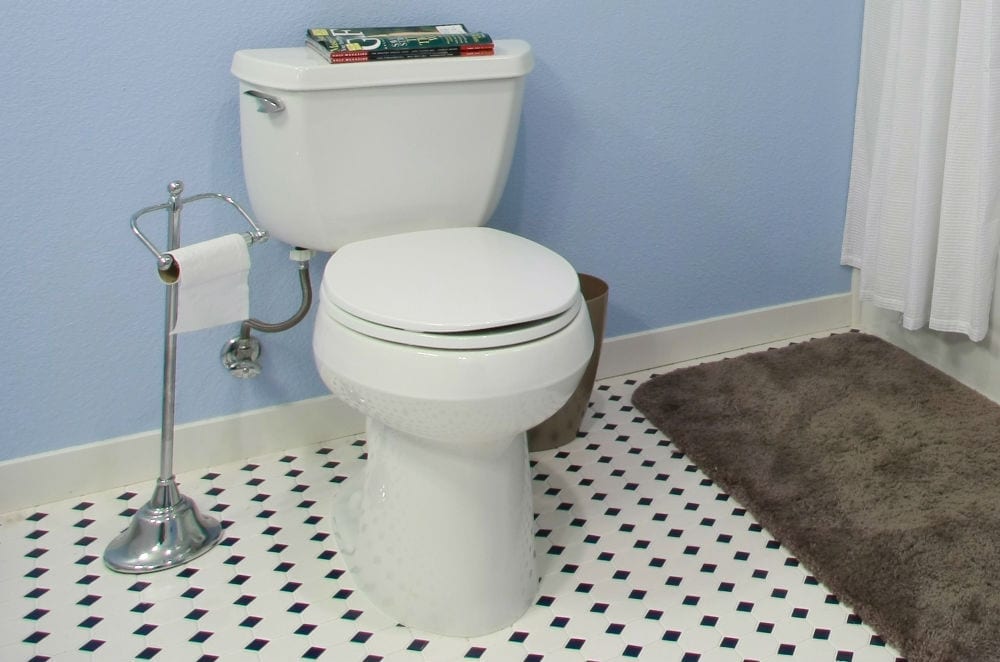
















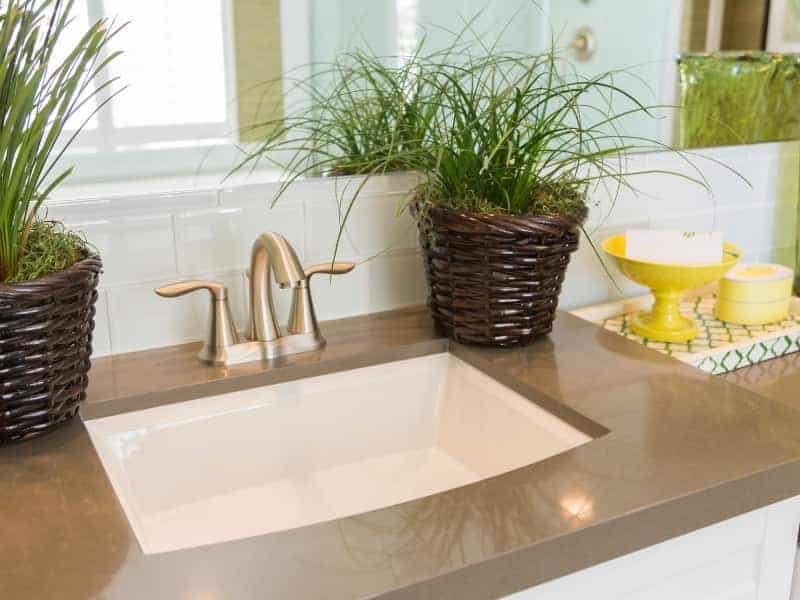









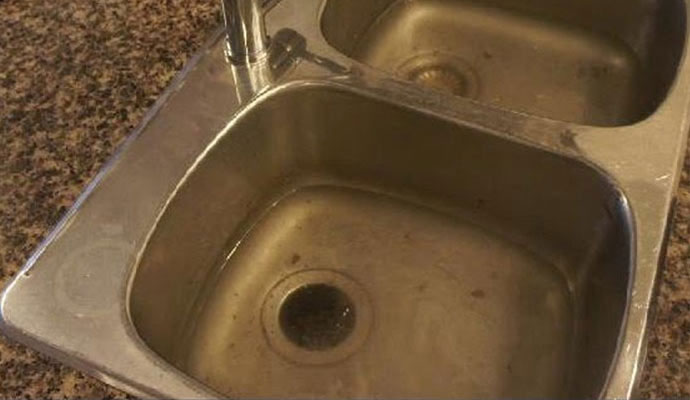
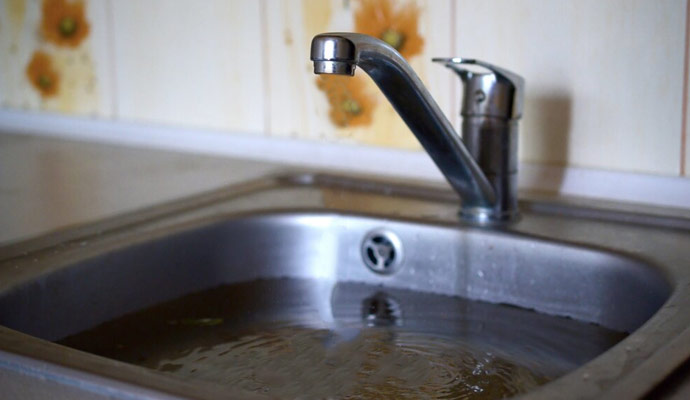
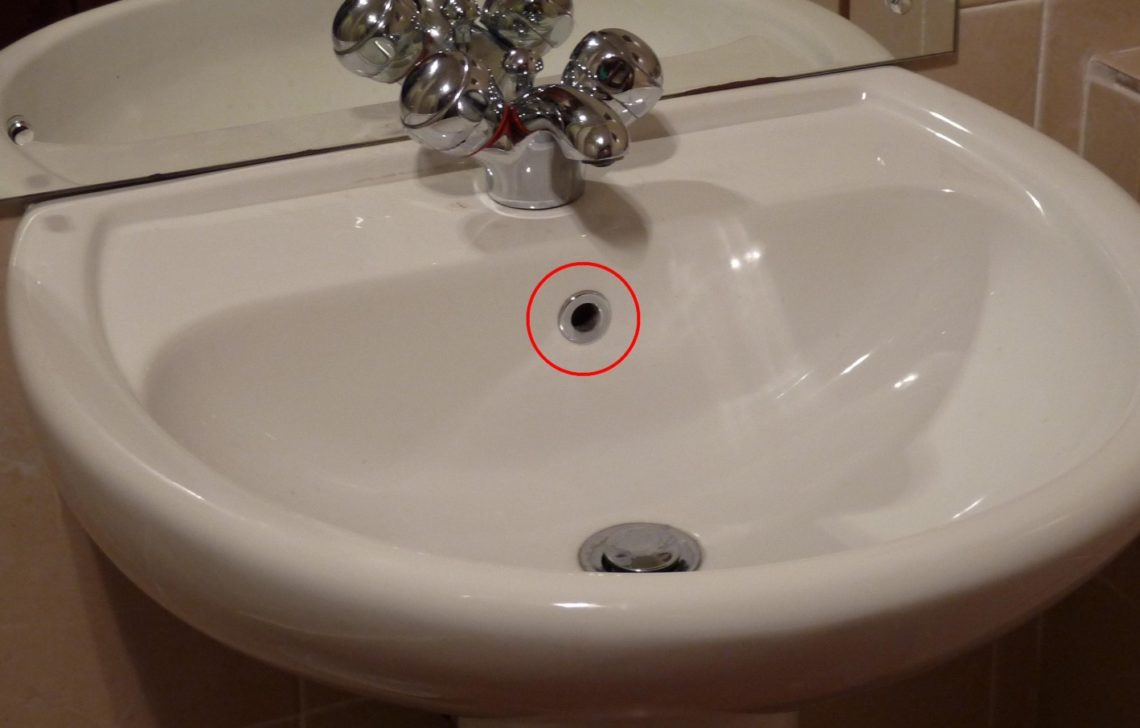
:max_bytes(150000):strip_icc()/close-up-of-overflowing-bathroom-sink-90201417-579787783df78ceb865822d8.jpg)

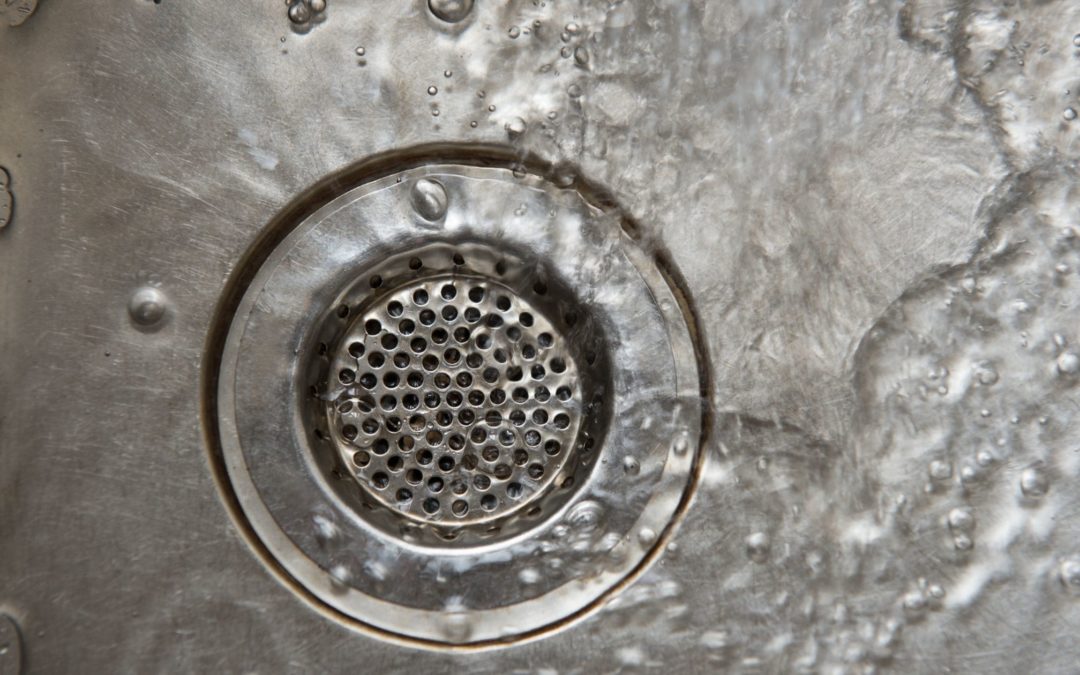

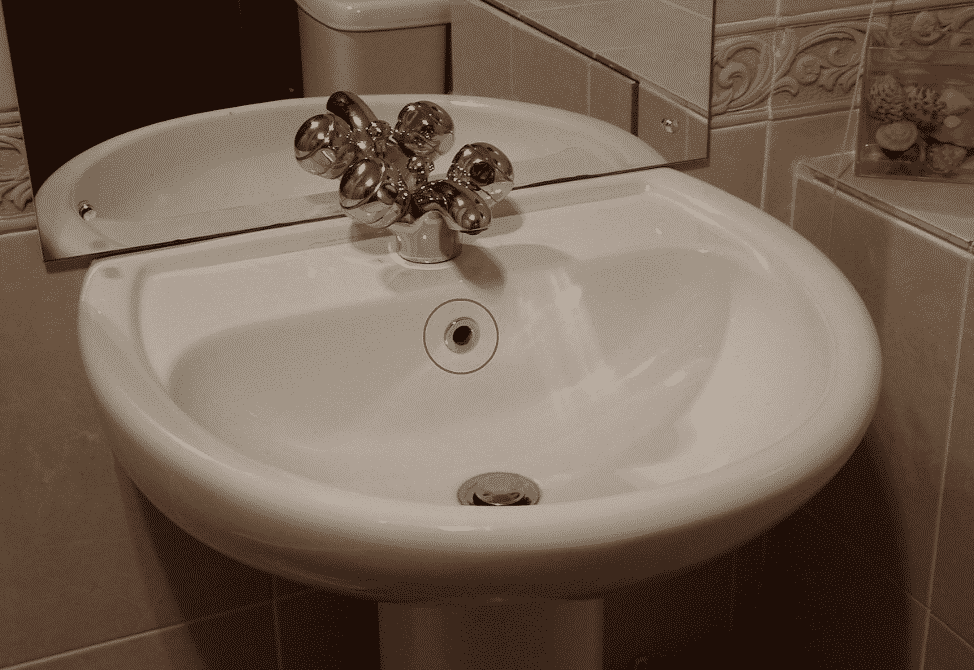
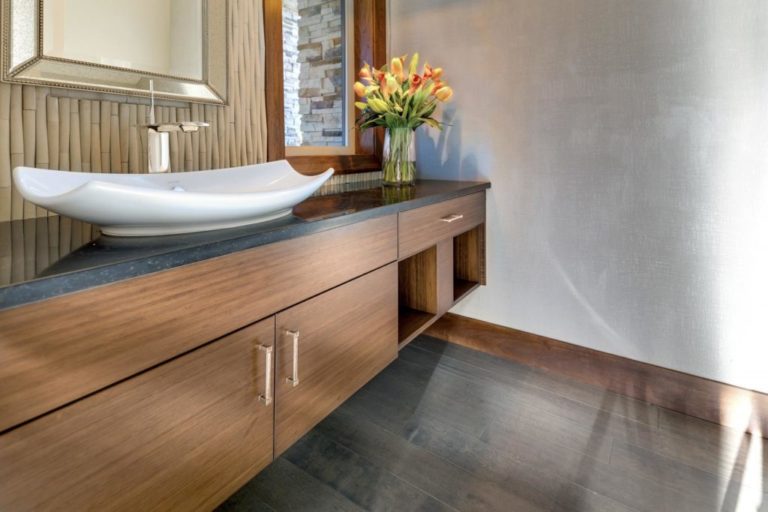





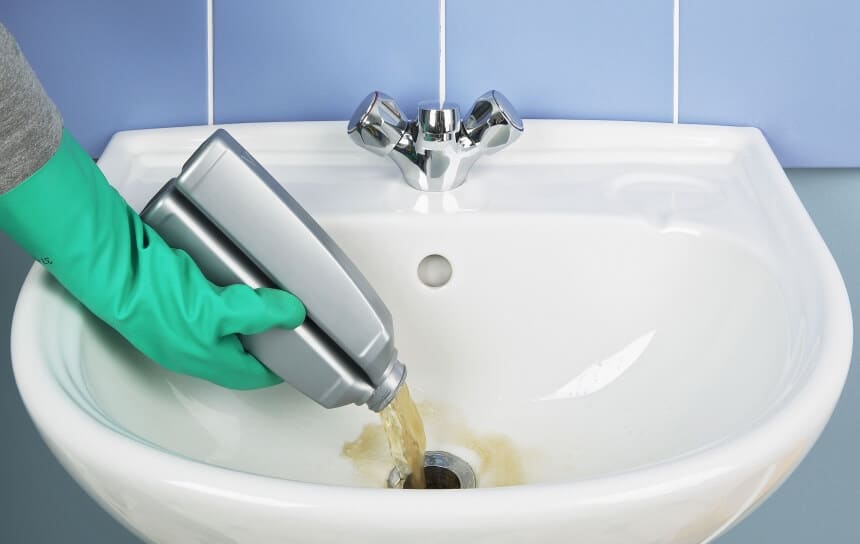
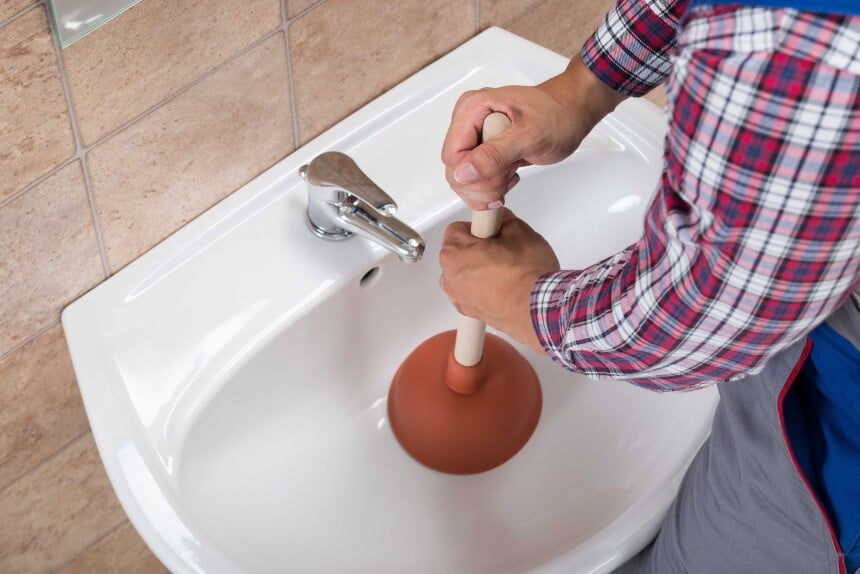







/close-up-of-overflowing-bathroom-sink-90201417-579787783df78ceb865822d8.jpg)
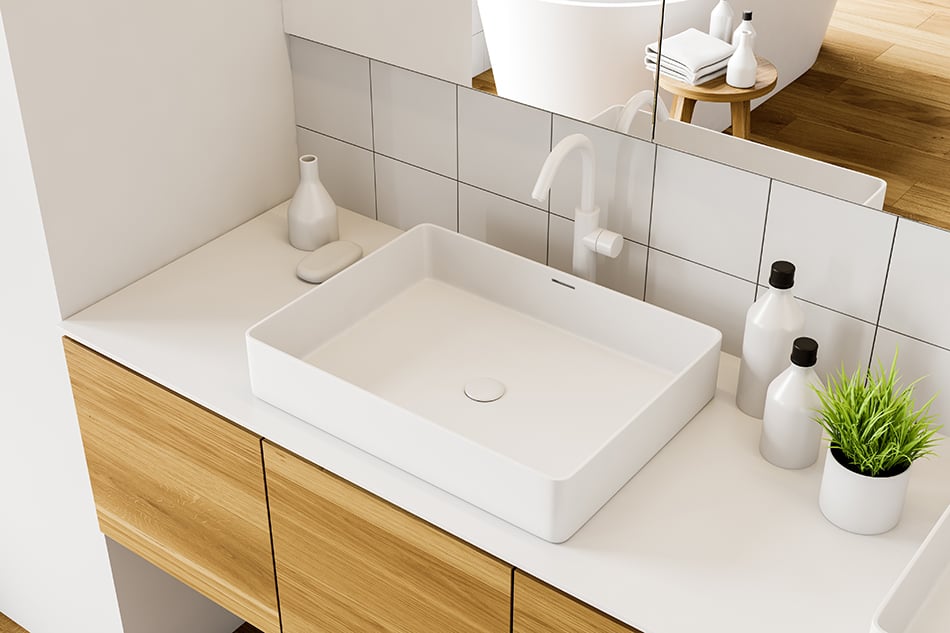


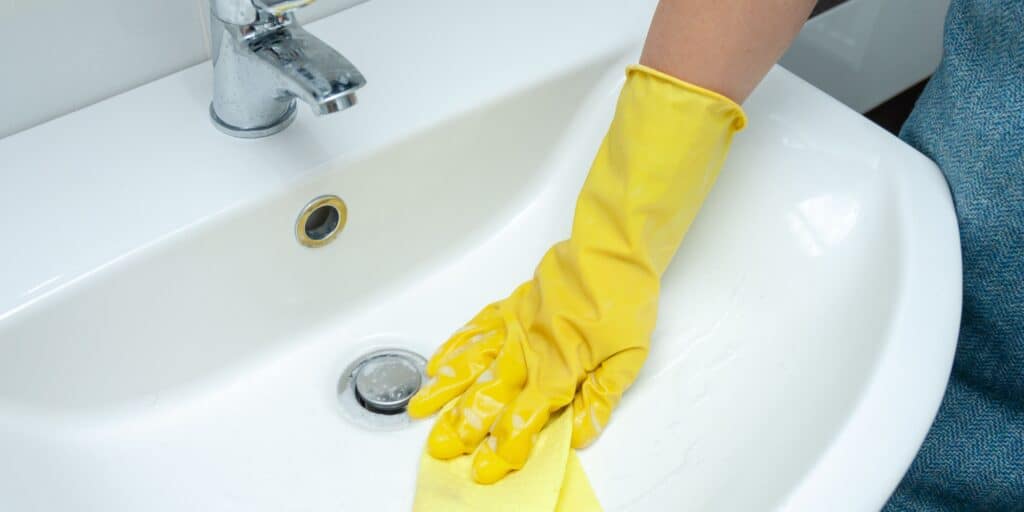
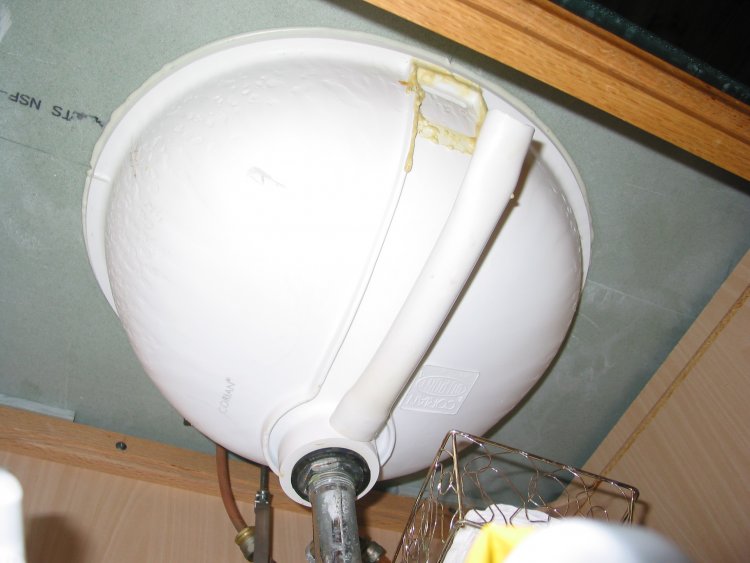


:max_bytes(150000):strip_icc()/what-is-under-the-bathroom-sink-3973574-03-c2c800c743054899aca9bdcc0535db34.jpg)

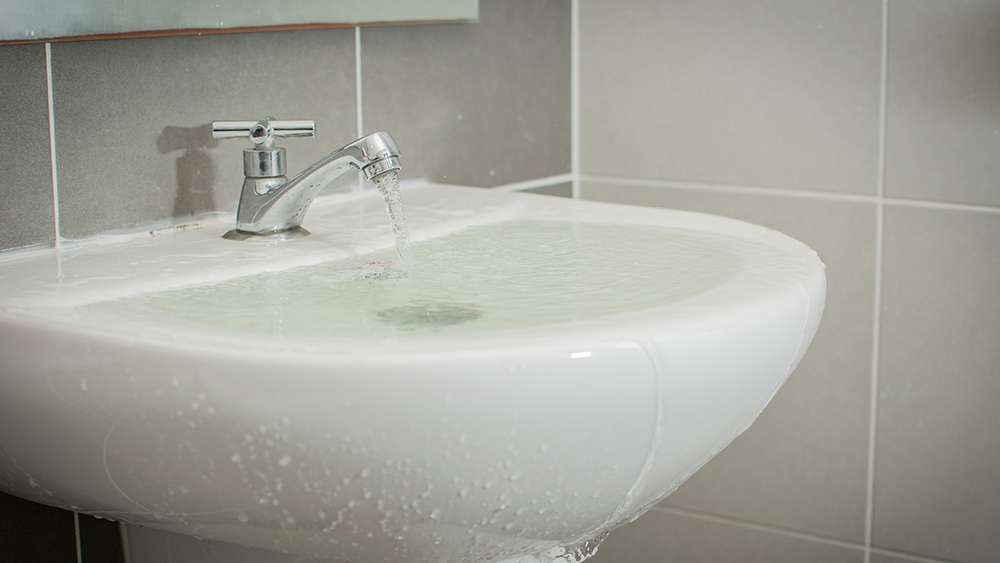


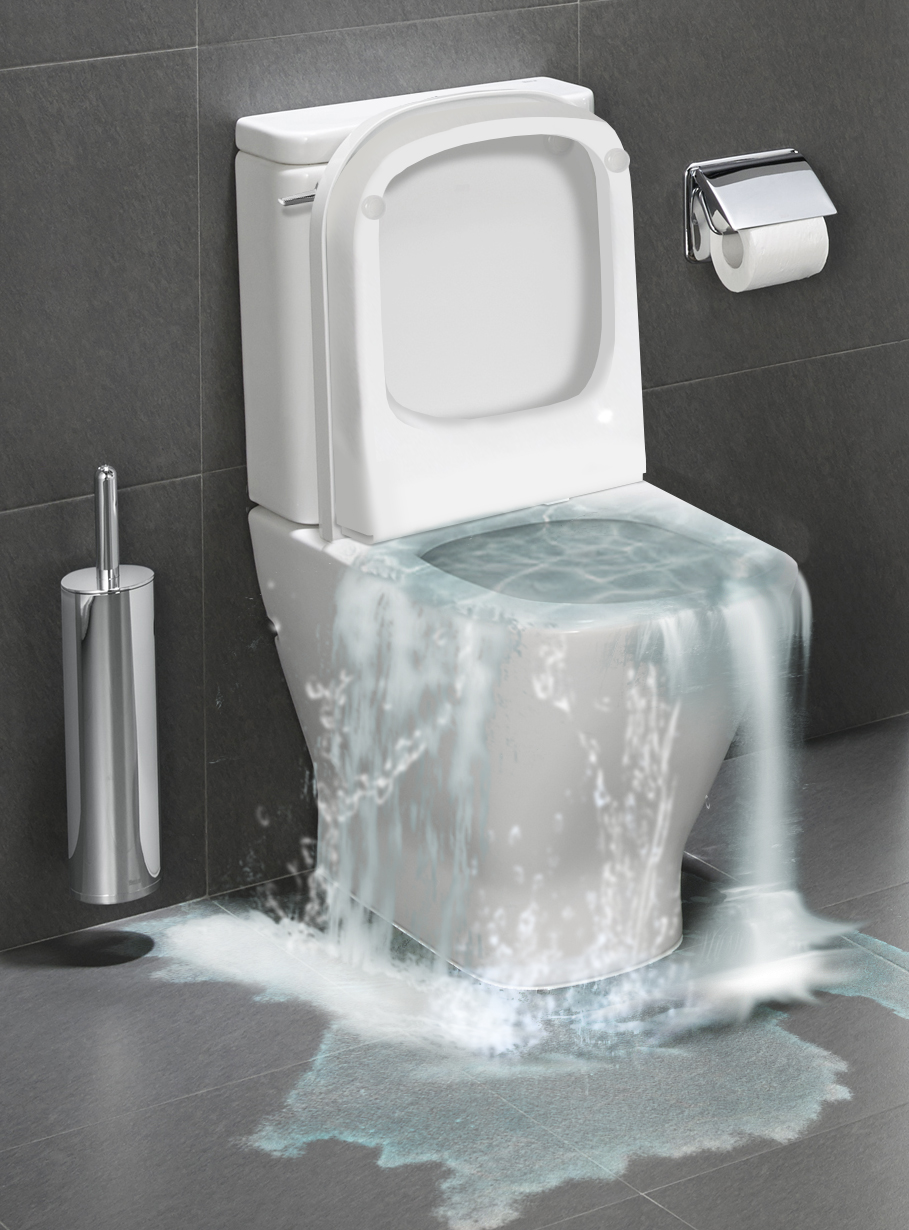

/close-up-of-overflowing-bathroom-sink-90201417-579787783df78ceb865822d8.jpg)






:max_bytes(150000):strip_icc()/water-overflowing-in-kitchen-sink-200553937-001-5797e6335f9b58461f5a6736.jpg)


